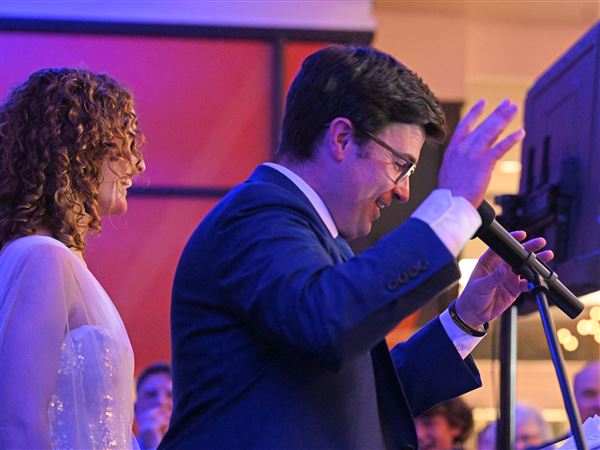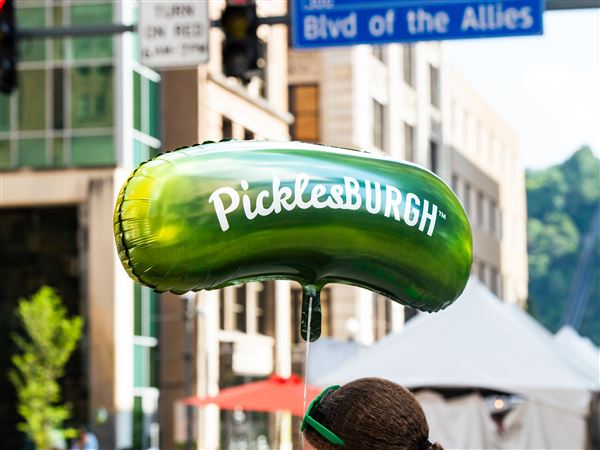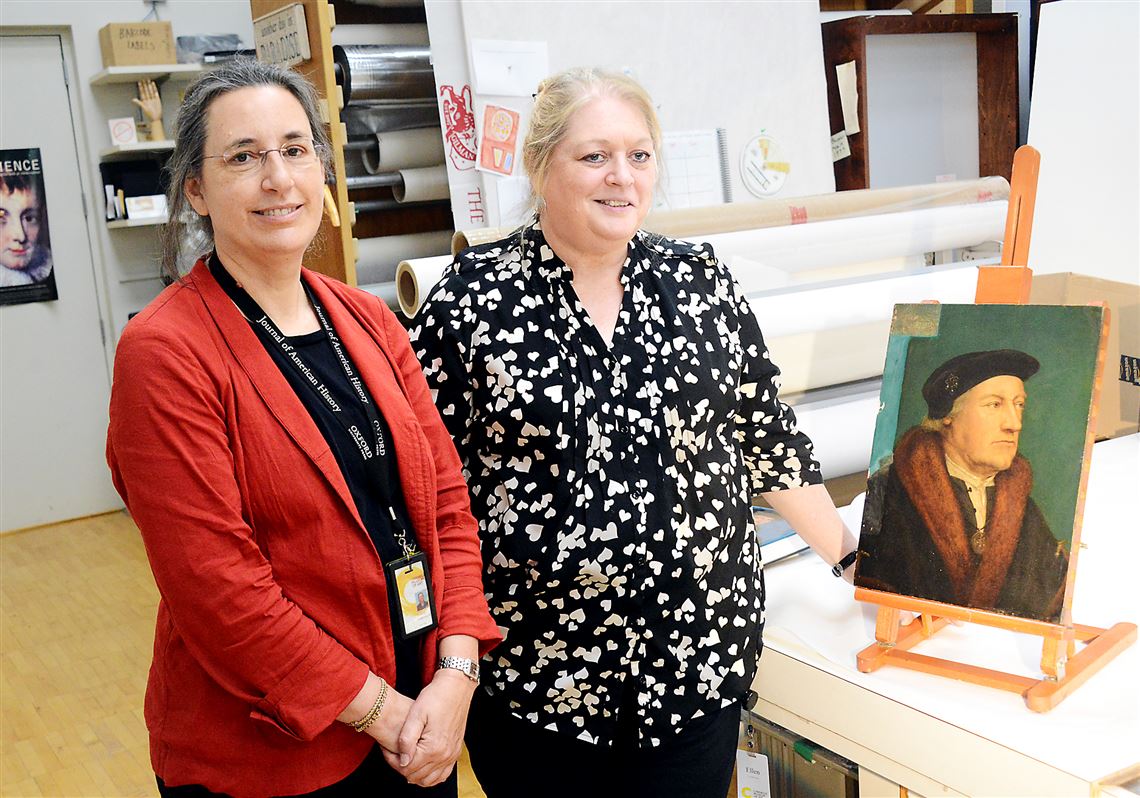In a single gallery at Carnegie Museum of Art, sacred and scandalous stories unfold.
“Faked, Forgotten, Found,” which runs through Sept. 15, reveals how five Renaissance paintings were altered and documents the twisted paths each artwork has traveled. Four of the works belong to the museum.
On one wall is Isabella, an Italian princess from the Medici family who took multiple lovers before her powerful brother and husband plotted to have her strangled. To add insult to murder, a Victorian-era restorer painted over Isabella‘s portrait to make her face prettier and her hands daintier. Thankfully, this picture has undergone cleaning, and museumgoers will be able to appreciate the full character of her distinctive face.
In two nearly identical paintings hung side by side, an angel hovers near the Madonna and Christ child. If you cannot decide which scene is the work of Francesco Francia and which is a masterful copy, don’t fret. For 150 years, many art historians believed the masterful copy was an original work by Francia. They were crestfallen to learn that it was painted by two Italian men who had studied the techniques of Renaissance artists.
In a room filled with religious symbols, a painting shows St. Elizabeth giving birth to St. John the Baptist while Mary, the Virgin, cradles the child in her arms. This picture, which once belonged to German Jews who perished in the Holocaust, is now the subject of a German court case begun by descendants of its former owners.
Based on careful laboratory analysis and years of research, this exhibition offers a scientific look at Renaissance art. Graphic explanations, augmented by video and sound clips, show the surgical approach to conserving art plus the diligent scholarship and detective work that frames the daily lives of curators and conservators.
Organized by Louise Lippincott, the museum’s curator of fine arts, and Ellen Baxter, the full-time paintings conservator, this show is also a dramatic demonstration of how time, light, improper handling and overly enthusiastic retouching can lower the value of art.
“These older paintings have been through the mill. Many museum visitors do not understand this fact,” Ms. Lippincott said. “The condition of an artwork or object greatly influences how scholars see it. We also hope people will handle their own paintings more carefully.”
Three layers of paint are visible on a portrait of Sir George Nevill, who held the title of Lord Bergavenny and, as a skilled jouster and member of the Order of the Garter, was part of English King Henry VIII’s inner circle. The portrait may have been painted in the 1500s by Hans Holbein the Younger or a member of his circle.
“The painting will be displayed as a patchwork,” Ms. Lippincott said. “People will see the original layer, the turquoise over paint and the green muck.
“Ellen will clean off the green. All of this is retreatable and reversible. Museums do not normally like to show paintings in this state.”
The oil-on-wood painting and every other work in the exhibition are shown as three-dimensional, historic objects, representing a sea change in approach. “In years past, the whole practice of restoration and conservation were long-held secrets,“ Ms. Lippincott said.
Infrared reflectography, which allows art historians to see beneath the paint, made this show possible. ”You can’t do this by looking at a photo or a slide,“ she said.
In 1923, during a botched cleaning and restoration, the painting of Sir George Nevill was damaged, but “the central area of the portrait is in good shape,” Ms. Lippincott said. Cleaning tests Ms. Baxter performed in the upper left corner reveal Latin words on the painting’s subsurface that indicate Nevill was 74 when the picture was painted in 1534.
Earlier this year, the painting underwent forensic analysis at a private art laboratory, Orion Analytical, in Williamstown, Mass. The investigation into its creator is continuing.
One clue that the painting was done in the 16th century is the presence of lead tin yellow in the inscription in the upper left corner. A durable color available in that era, it disappeared from usage in the early 1700s. Artists of the 1500s also used ochres and earth tones, vermilion, lead white, lamp black, vine charcoal made from burned grape vines and blues made of ground ultramarine or smalt or azurite, Ms. Baxter said.
“They had limited color choices. There were no synthetic colors until the 1850s, such as the mauves and emerald greens Impressionists used,” Ms. Lippincott said.
The painting of St. Elizabeth was studied extensively by Yvette Bruijnen, a Belgian art historian who died in a car accident. Bruijnen concluded that Jan Rombouts the Elder painted the scene. Lent by the Carnegie Museum of Art, this picture was exhibited in 2012 in Louvain, Belgium.
During the 1920s, this painting belonged to Kurt Benedict, a Berlin art dealer who specialized in Old Master artworks. Benedict worked for the Oppenheimers, a Jewish family that owned Margraf, a holding company for several art galleries.
In 1935, the Nazis auctioned the Oppenheimers‘ business inventory, but this painting was not part of that sale, Ms. Lippincott said. In 1946, Oppenheimer descendants submitted a claim to the Monuments Men. who searched Europe for it but did not find it before finishing their work in 1949. A decade later, the picture turned up at a London auction.
Art historians have not been able to learn what happened to the picture between 1929 and 1959, Ms. Lippincott said.
First Published: July 9, 2014, 4:00 a.m.

















